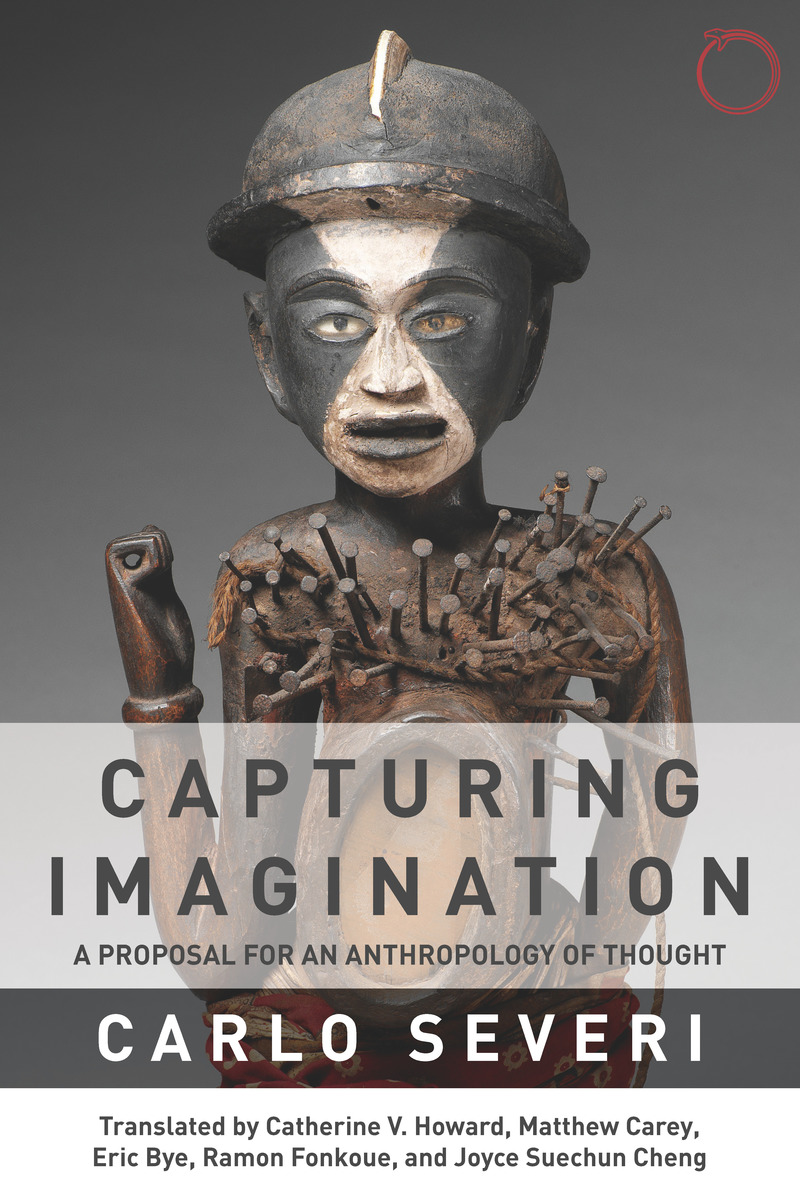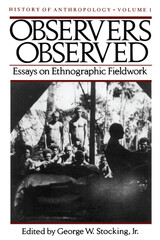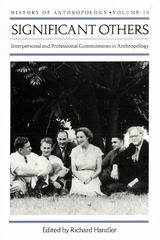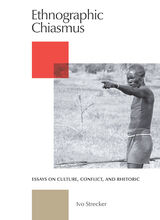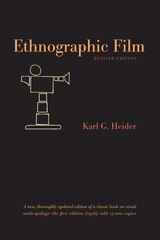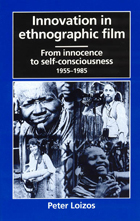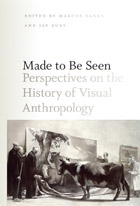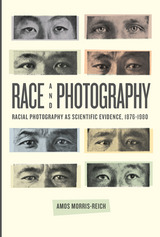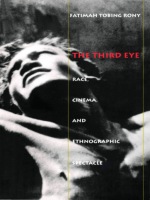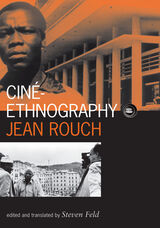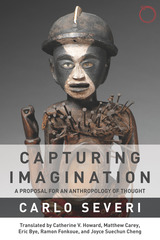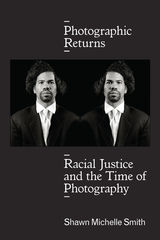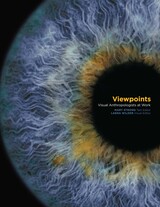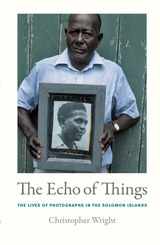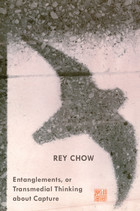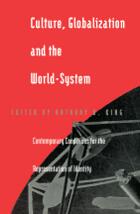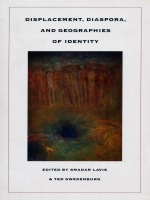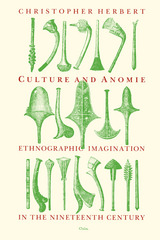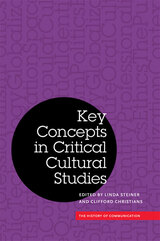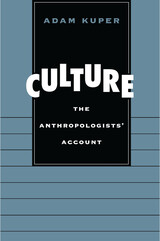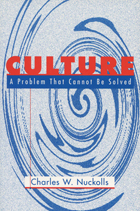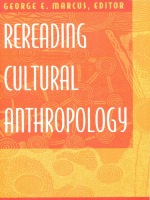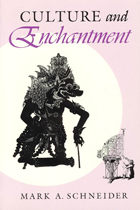Capturing Imagination: A Proposal for an Anthropology of Thought
HAU, 2018
eISBN: 978-1-912808-50-2 | Paper: 978-0-9991570-0-8
Library of Congress Classification GN347.S4813 2018
Dewey Decimal Classification 306
eISBN: 978-1-912808-50-2 | Paper: 978-0-9991570-0-8
Library of Congress Classification GN347.S4813 2018
Dewey Decimal Classification 306
ABOUT THIS BOOK | AUTHOR BIOGRAPHY | REVIEWS | TOC
ABOUT THIS BOOK
We have all found ourselves involuntarily addressing inanimate objects as though they were human. For a fleeting instant, we act as though our cars and computers can hear us. In situations like ritual or play, objects acquire a range of human characteristics, such as perception, thought, action, or speech. Puppets, dolls, and ritual statuettes cease to be merely addressees and begin to address us—we see life in them.
How might we describe the kind of thought that gives life to the artifact, making it memorable as well as effective, in daily life, play, or ritual action? Following The Chimera Principle, in this collection of essays Carlo Severi explores the kind of shared imagination where inanimate artifacts, from non-Western masks and ritual statuettes to paintings and sculptures in our own tradition, can be perceived as living beings. This nuanced inquiry into the works of memory and shared imagination is a proposal for a new anthropology of thought.
How might we describe the kind of thought that gives life to the artifact, making it memorable as well as effective, in daily life, play, or ritual action? Following The Chimera Principle, in this collection of essays Carlo Severi explores the kind of shared imagination where inanimate artifacts, from non-Western masks and ritual statuettes to paintings and sculptures in our own tradition, can be perceived as living beings. This nuanced inquiry into the works of memory and shared imagination is a proposal for a new anthropology of thought.
See other books on: Cognition and culture | Signs and symbols | Thought | Visual anthropology | Visual perception
See other titles from HAU
